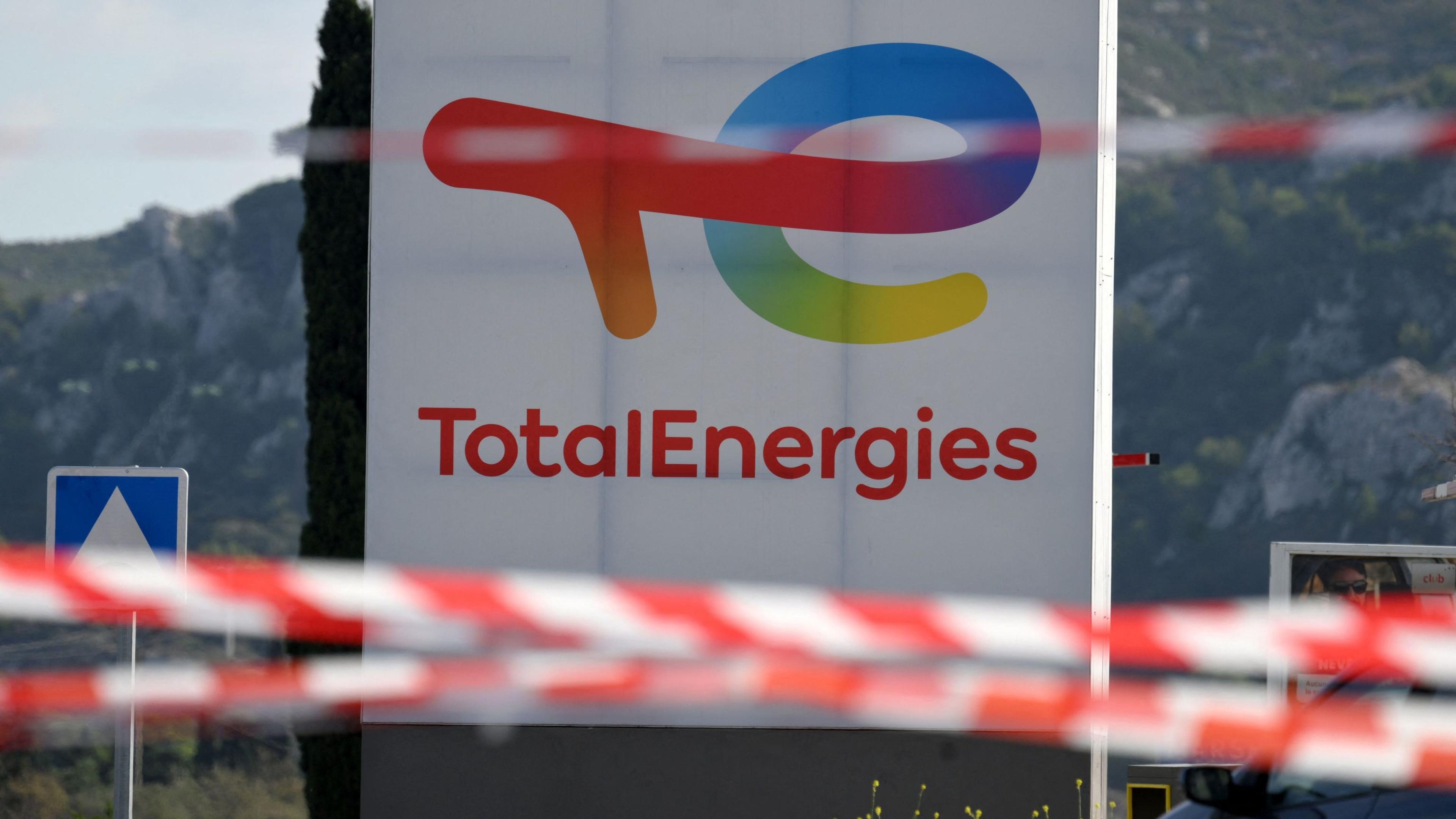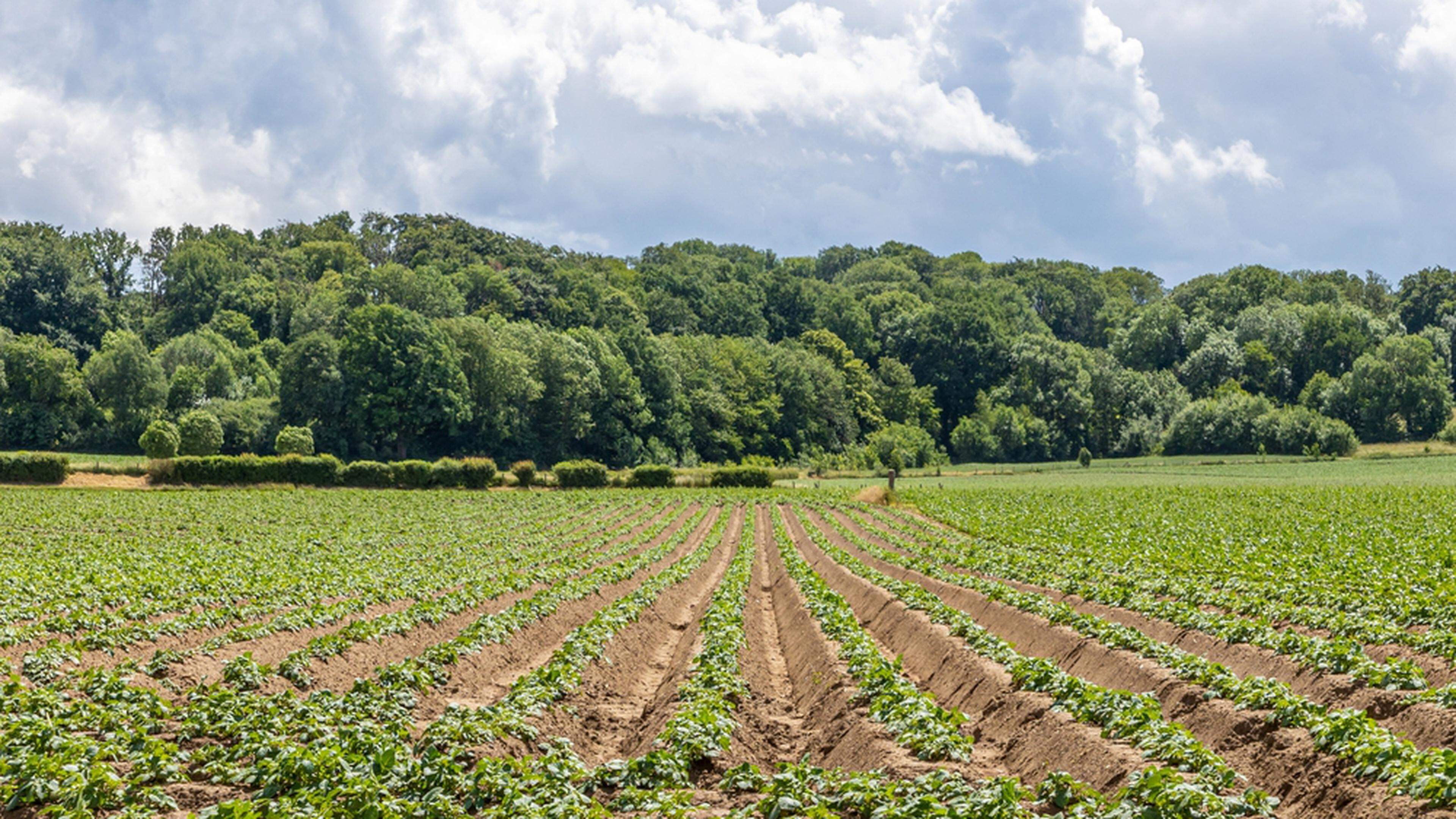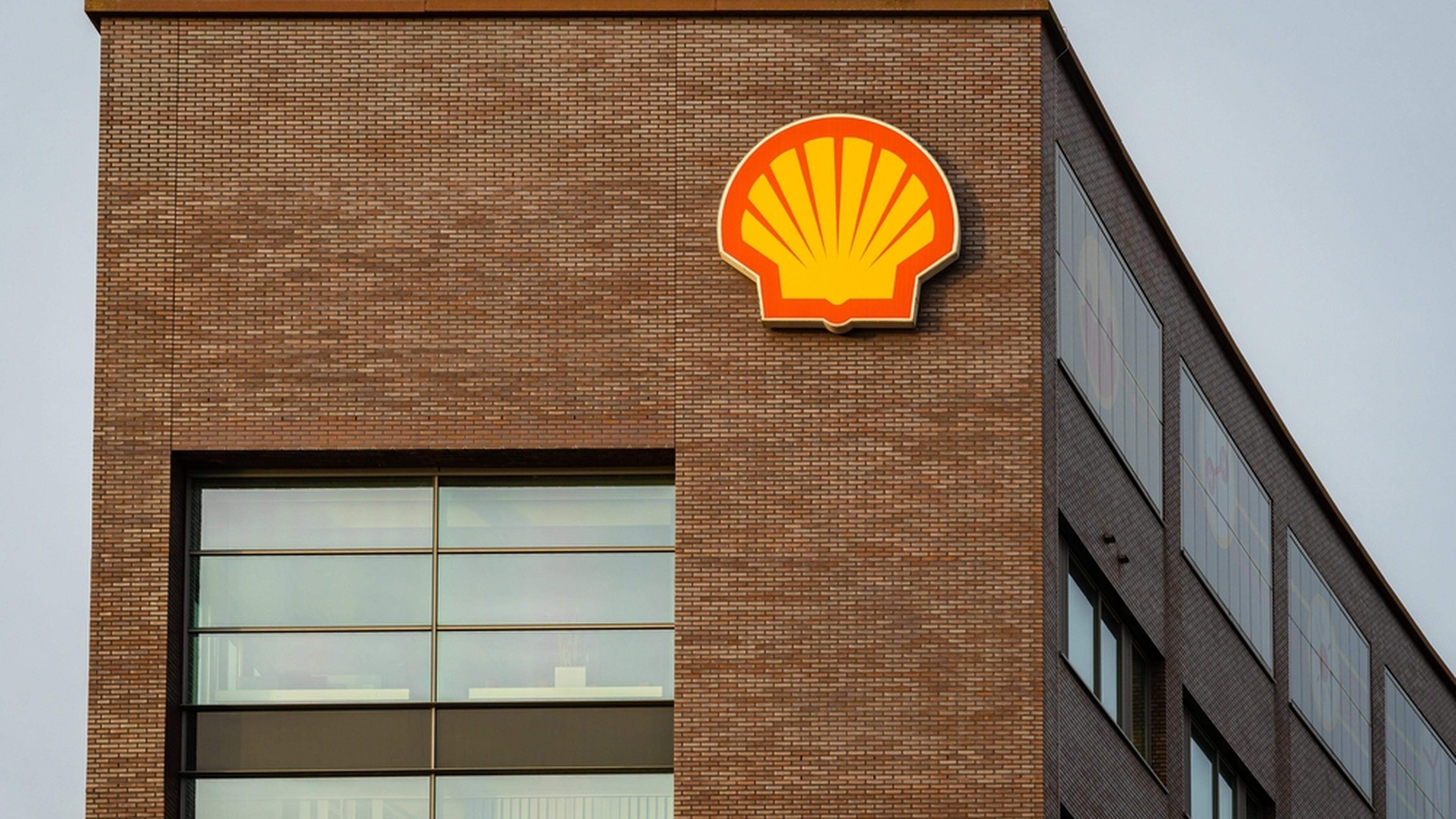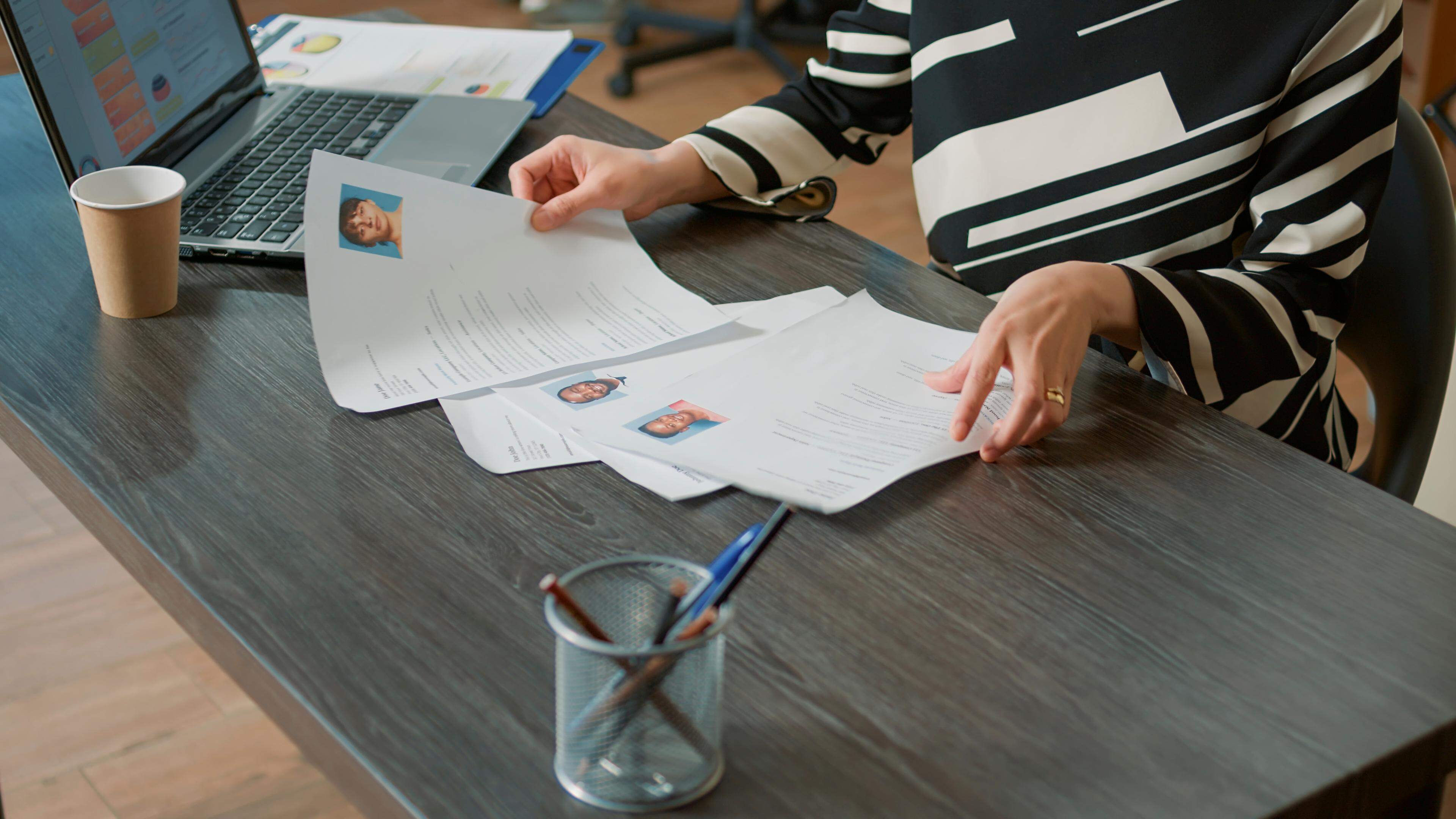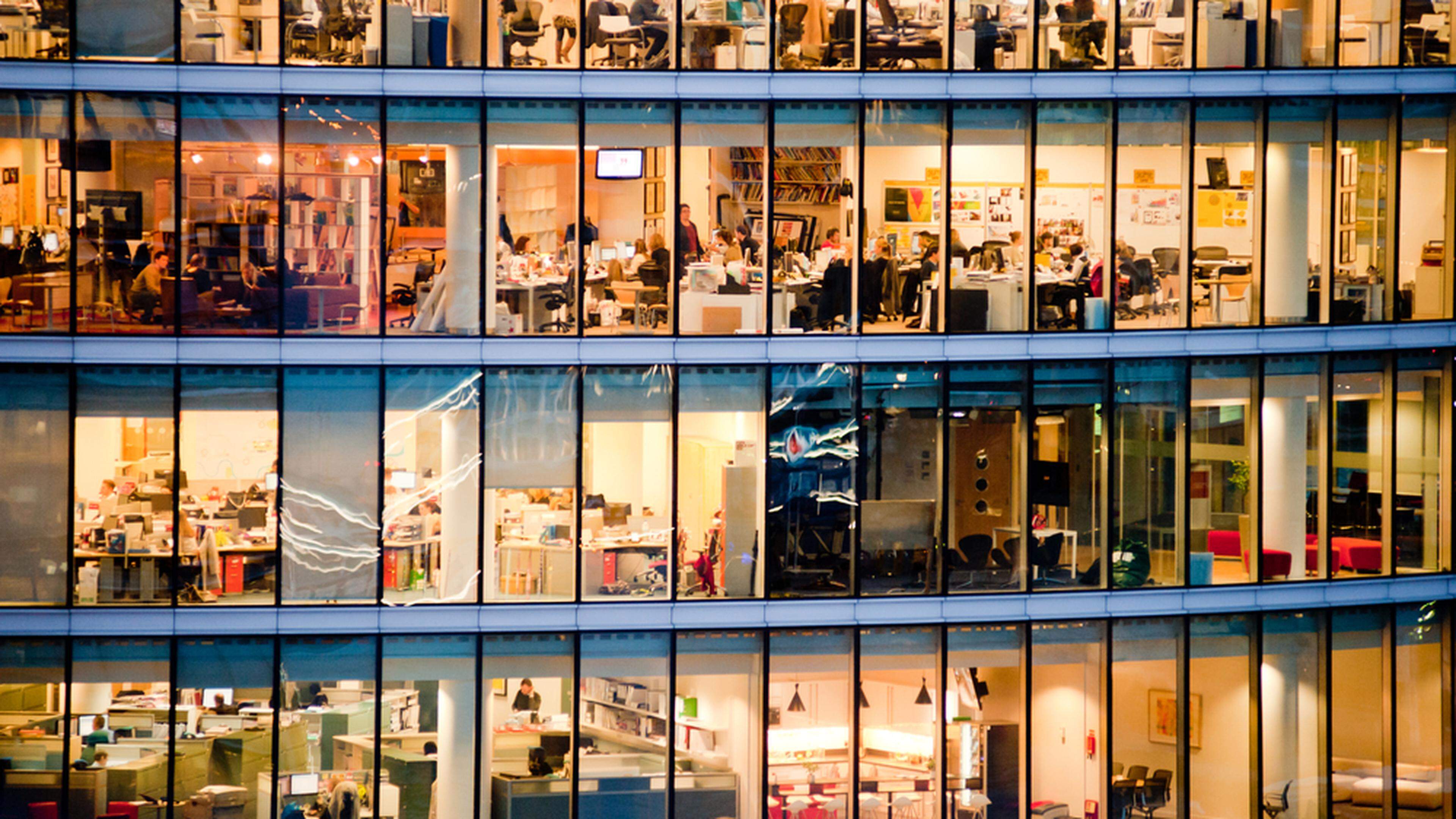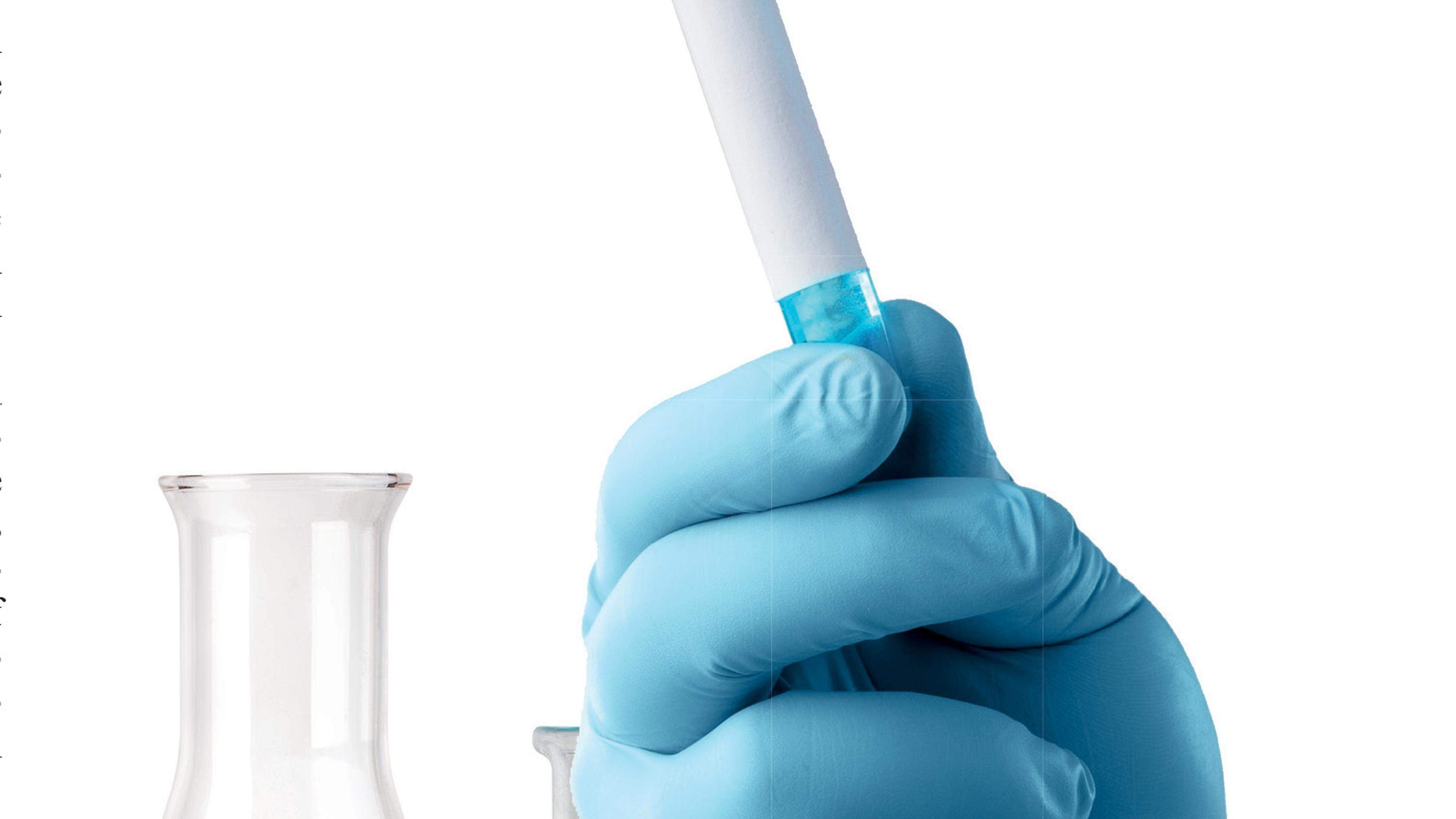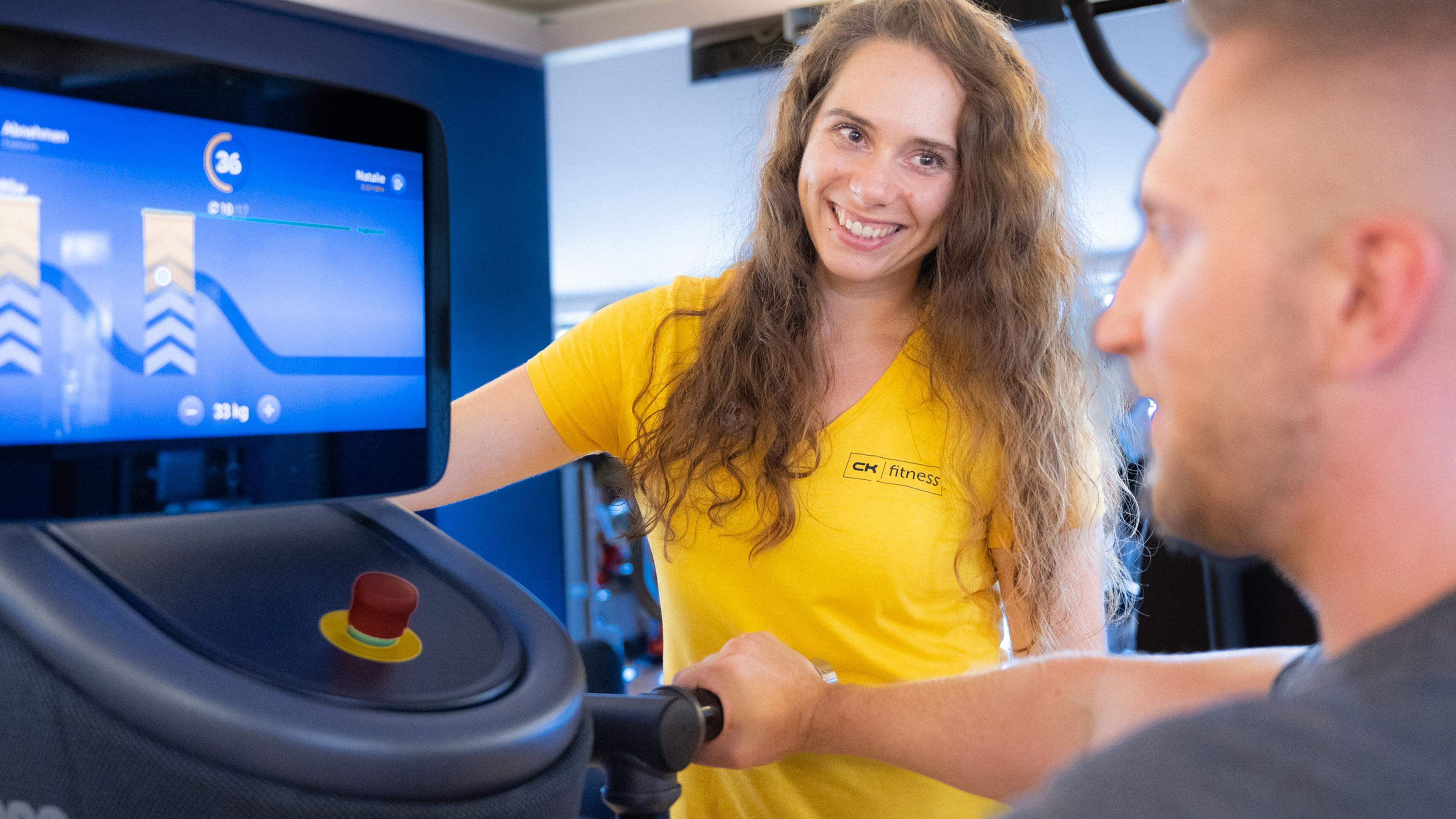Day trip: Liege
It may not look picturesque at first glance, but Liege is filled with little architectural wonders, a citadel view, art galleries, museums, and a Gothic cathedral
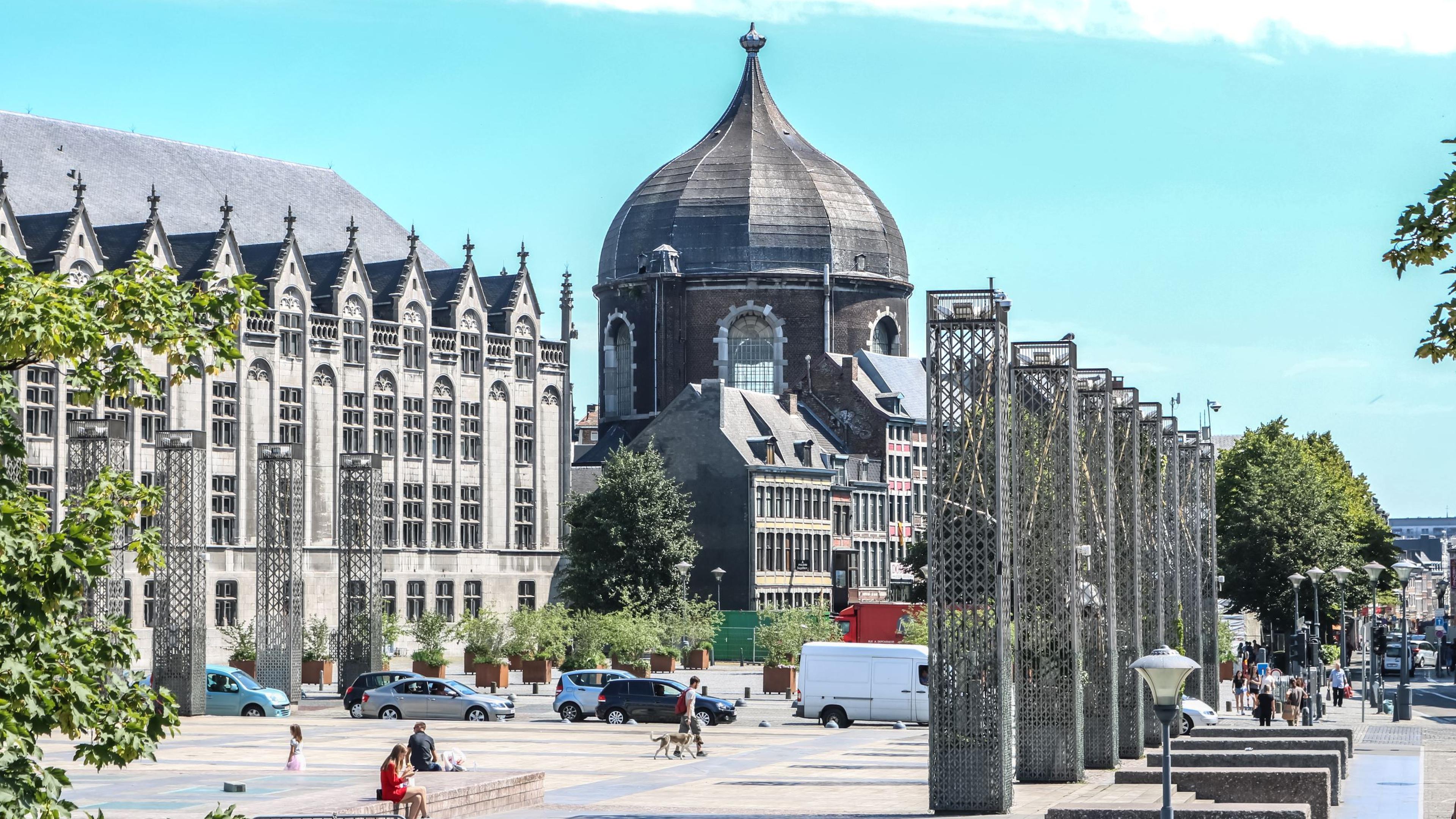
It may not look as pretty as many other Belgian cities, sprawled beside the banks of the River Meuse, but Liege, or Luik in Flemish, has a lot to offer the day tripper both architecturally and in terms of culture.
Belgium’s third largest city (surprised?) and the largest French-speaking one, has a number of medieval buildings, grand architecture, and some great museums and galleries.
Sights and vistas
Modern architecture lovers should arrive at the Liege-Guillemins station, although the journey time at 2.5 hours is considerably longer than the drive. The station has a space-age feel and is home to the country’s high-speed trains (although sadly not the one to Luxembourg). Designed by Spanish architect Santiago Calatrava, who built the city of art and sciences in Valencia, the curved futuristic design is surprisingly made from steel.
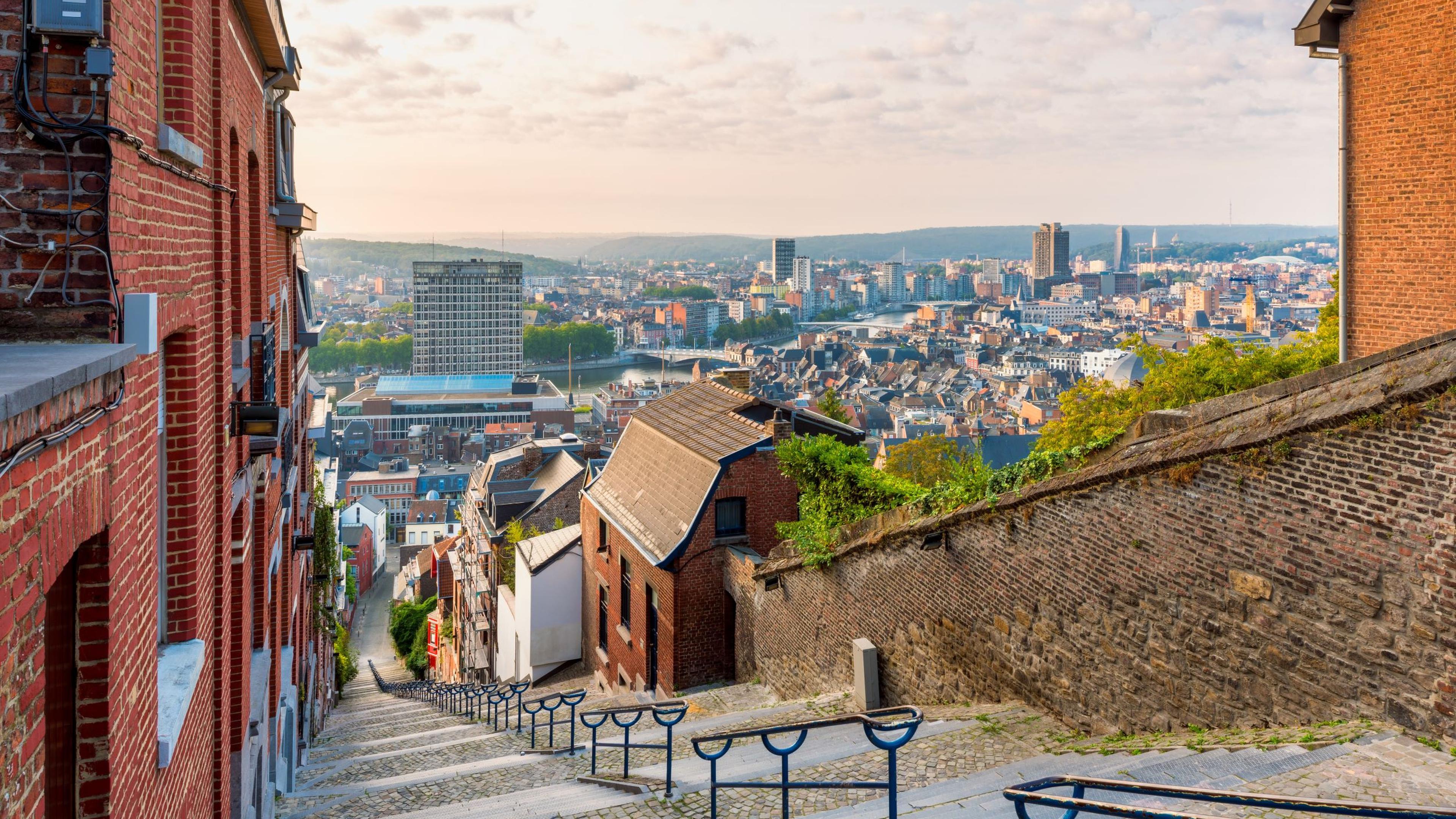
If you don’t mind a steep climb uphill, take the steps for Montagne de Bueren passing by the tall narrow red- and brown-brick houses typical of the region, which hide secret alleyways and private gardens. At the top you’ll find a war memorial and great views across the city.
If you don’t have the energy to take the 374 steps, you can get the public bus from the city centre to the hospital, and from there it’s a two minute walk to the war monument. Pathways from here take you around what remains of the citadel and give you some impression of why the city was built here in the first place.
If you walk down the steps, be sure to stop when you ascend at Brasserie C, in what was once the brewing district. Set in a former convent, with a peaceful terrace, you can sample home-brewed beers.
It looks a bit grim even in the sunshine but the foundations of the former cathedral at Place St Lambert hide an archaeological site of 4,000 square metres. The cathedral was demolished at the end of the 18th century and the remains of a Roman villa discovered. Archéoforum equips you with an interactive iPad (in English) to discover the traces left by the first inhabitants during pre-history, the remains of the Roman villa, the crypt of St Lambert, and a computer generated version of the cathedral.
The dark Gothic St Paul’s Cathedral is still standing. Built in the 10th century and restored in the 19th century (although the cathedral you see was mostly built in the 13th and 15th centuries). Take time to look at the pulpit with its sculpture of Lucifer at the back, the Baroque sculpture of St John the Baptist, the golden ribbed vault of the nave, and the stained glass windows. The Cathedral also has some treasures inside, including a gold and silver ornament of St Lambert (brought from the other cathedral before its demolition) said to contain the saint’s skull.
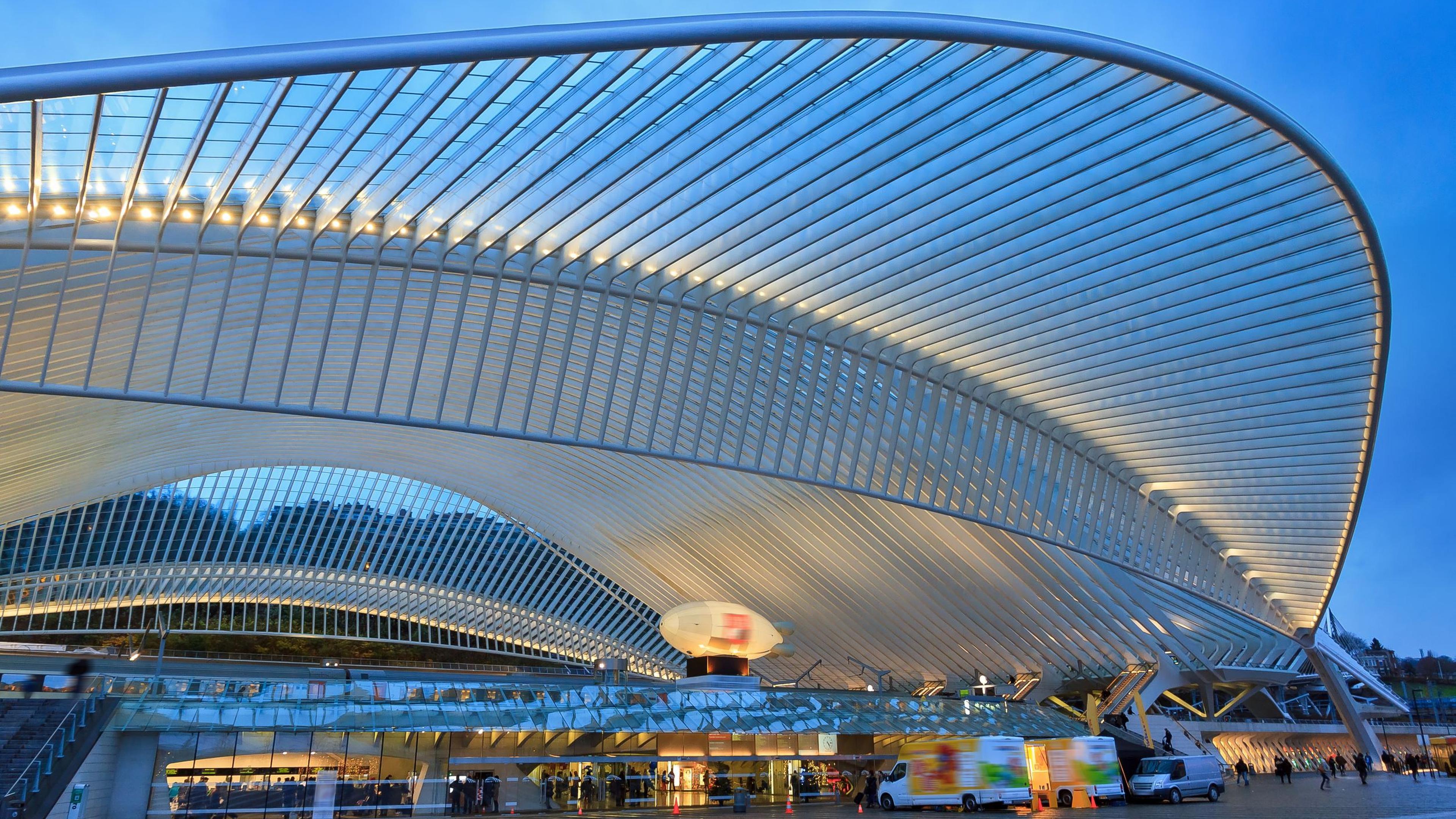
Not to be outdone by Namur and its treasures of Oigne, Liege has its own treasure house located near the Cathedral, containing an ivory sculpture of the resurrection, the bust of St Lambert, the relic of Charles the Bold, and the mausoleum of Prince-Bishop Velbrück. It is open 14.00 to 17.00 daily except Monday.
The Church of St James is also worth a visit, not least for its stained glass windows, some of which date back to 1525. On Sundays, you can take a free guided tour, but otherwise there are information panels. On the columns in the nave there are Baroque statues in wood painted white to imitate marble, and you’ll also find an organ dating to 1600. Inside the crypt is a relic of St James said to have come all the way from Santiago.
The white and russet hues of the Church of St Bartholomew (Ottonian architecture), with its twin towers topped with weather cocks, feels like it should belong in a model village. Here you’ll find the best examples of Mosan art that originated from the Meuse valley, and a baptismal font that dates back to the 12th century (and also saved when the St Lambert cathedral was demolished). Resting on small ox figures, the font has several baptism scenes. You’ll have to pay €3 to gaze upon it.
In another imposing building, Liege’s City Hall flanks the city’s main square, which also contains two fountains and numerous cafes for a quick pit stop.
The former Palace of the Prince-Bishops, overlooks the square of the former St Lambert Cathedral. The version you see today is from the 18th century (although the original was built over 1,000 years ago, but destroyed by fire). Today it’s the courthouse, but there are information panels outside the building.
Those Ansembourg’s got around a bit, didn’t they? In addition to their castle in Luxembourg, they have a very grandiose mansion in Liege, filled with tapestries, ornate ceiling cornices and carved wooden wall panels. The Museum of Ansembourg is getting some well-needed restoration work right now so you can only gaze from the outside at this mid-18th century mansion.
Museums and art galleries
On the first Sunday of the month, all museums and galleries are free to enter.
The Curtius Museum is set in a beautiful 17th century red-brick building which was once the home of a wealthy local businessman, who brought together a number of private collections. It houses four mini-museums – one on archaeology, one on weaponry, one on decorative arts and one on religious art. You can get an audio guide which will take you through the St Lambert and art nouveau glass collection, and the wonderful assortment of clocks from the Napoleonic era, plus the wood and stone religious sculptures, including an 11th statue of the Virgin Mary. In the weaponry section you’ll find 11,000 firearms and weapons including a prehistoric axe.
The Museum of Walloon Life is housed in a former Franciscan monastery, where the brickwork of cloisters meet a modern glass addition. The museum invites you to discover Wallonia from the 19th century to the present day around the themes of society, people, ideas and know-how, through objects from the region, including a guillotine and the head of its last victim.
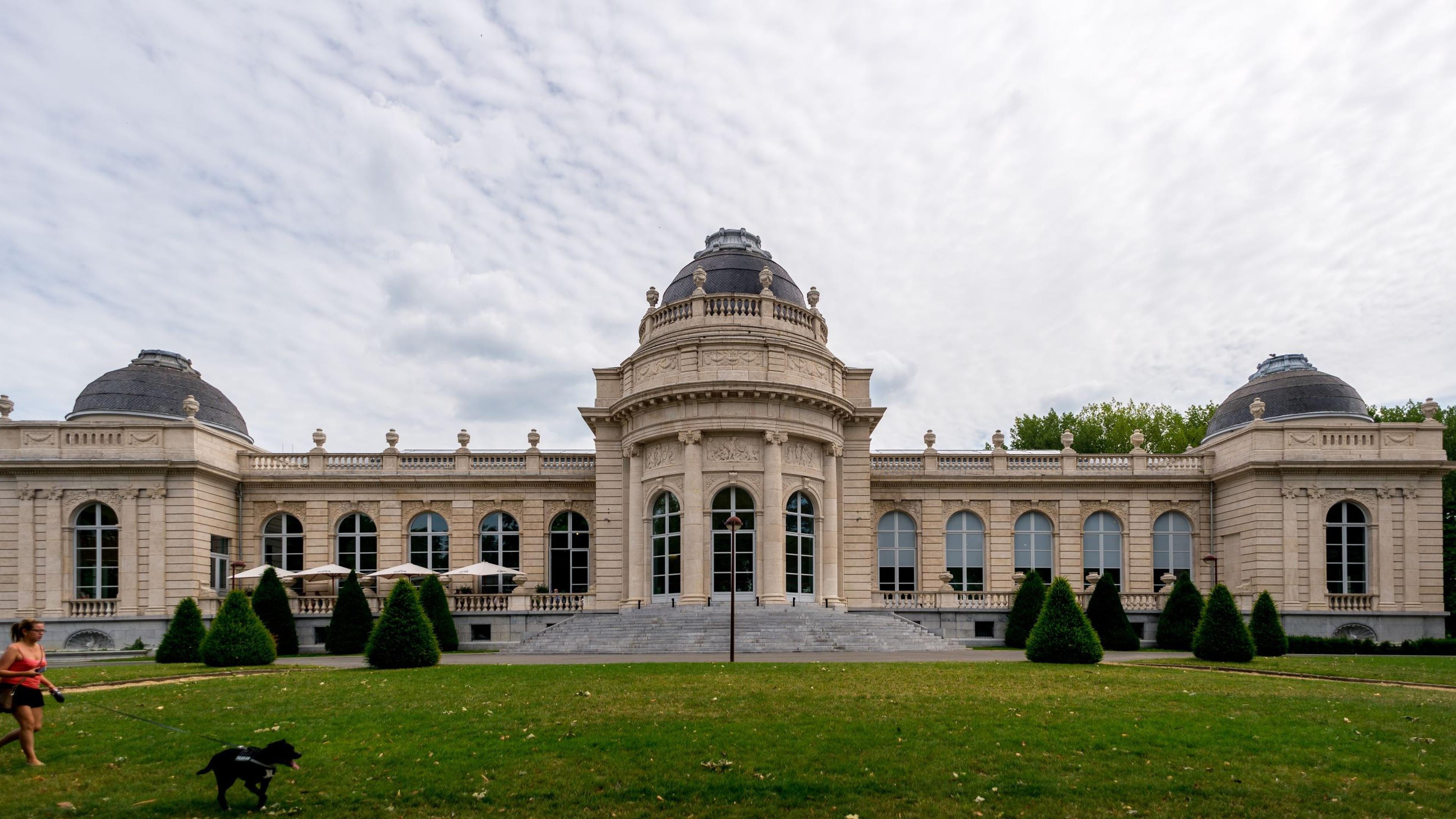
La Boverie with its three domes, is home to the city’s Fine Art Museum, and is located in a riverside park near the train station. The permanent collection has a Picasso portrait of the Soler family, works by surrealists Magritte and Delvaux, and individual paintings from Pissaro, Signac, Monet, Van Gogh and Gaugin. Temporary exhibitions (there’s one on the Rothschild female art collectors at the moment) have the support of partnership with the Louvre. The museum café overlooking the park has lovely views.
The Wallonia public transport museum covers two centuries of mobility from horse-drawn carriages and trolleybuses to modern day electric trams. They’ve even incorporated sound effects and interactive displays. It finishes with innovative sustainable mobility projects in Belgium and across the world. You can climb aboard many of the vehicles and there are audio guides in English.
The Aquarium Museum, part of the University, is more than just a few fish tanks. It’s really a full-on aquatic natural history museum with a 19-metre skeleton of a fin whale, part of the room for mammals, which also has stuffed animals including a polar bear. There’s a collection of crustaceans, and another with fish, amphibians, reptiles and birds, plus details of local flora and fauna.
Of course the fish tanks won’t disappoint, with a coral reef tropical zone where you can gaze at blacktip reef sharks, see living and dry corals and the newest tank, a tropical lagoon. Representing the biodiversity of water life, another section allows you to see species from the North and Mediterranean seas, plus the freshwater fish of local rivers and lakes. You can find entry prices here, and you’ll find it at, 22 Quai Edouard van Beneden, across the bridge from the main sights.
Head out of town to Flemalle-Liege for this prehistory park which has plenty of workshops and activities you can pre-book. It bills itself as a museum of mankind seeking to understand and explain the complexity of human behaviour by focusing on pre-history and archaeology – and a museum for people who don’t like museums.
In addition to exhibits, a 30-hectare park is designed to make you more curious about heritage. It explores several themes including human evolution, hunting (with the chance to throw spears at 3D targets such as mammoths), an educational farm, tepees and prehistoric houses, and workshops on everyday life such as flint knapping, making a fire (securely) and pottery workshops. You can also explore a real archaeological site – Ramioul Cave. There’s a barefoot path, a playground, and a bistro serving selected historical ingredients such as laser (like fennel) and fermented fish sauce popular in Roman times, and galangal (from the ginger family), a key ingredient in the medieval period. Families or groups get a “tribe” reduction on entry prices.
Botanical gardens and walking routes
If you need a little break in some greenery, head to the greenhouse complex of the Botanical Gardens. Created in 1840, the greenhouses date back to the 19th century and are made of iron and glass. You’ll find orchids, carnivorous plants, and several climates with flora introduced to the gardens 200 years ago.
The City of Liege has seven walks you can take to discover various parts of the city from Le Bovarie to Cointe or the Botanical Gardens to Chartreuse. You can find a map of all seven routes here and download individual brochures for each walk, with information (in French) on the route, historical places and nature here.
The nocturnal festival
Every year the city hosts a festival (first Saturday in October), and a circuit that starts on rue St Leonard and carries on through the citadel. The streets are illuminated with thousands of candles, including one on each step of Mount Bueren, and musicians are dotted about the circuit to provide an accompaniment when you walk. It’s also the time to taste Pecket, a locally-produced alcoholic beverage. You can same 30 different fruit flavours of the stuff at La Maison du Peket close to City Hall.
Chateau de Jehay
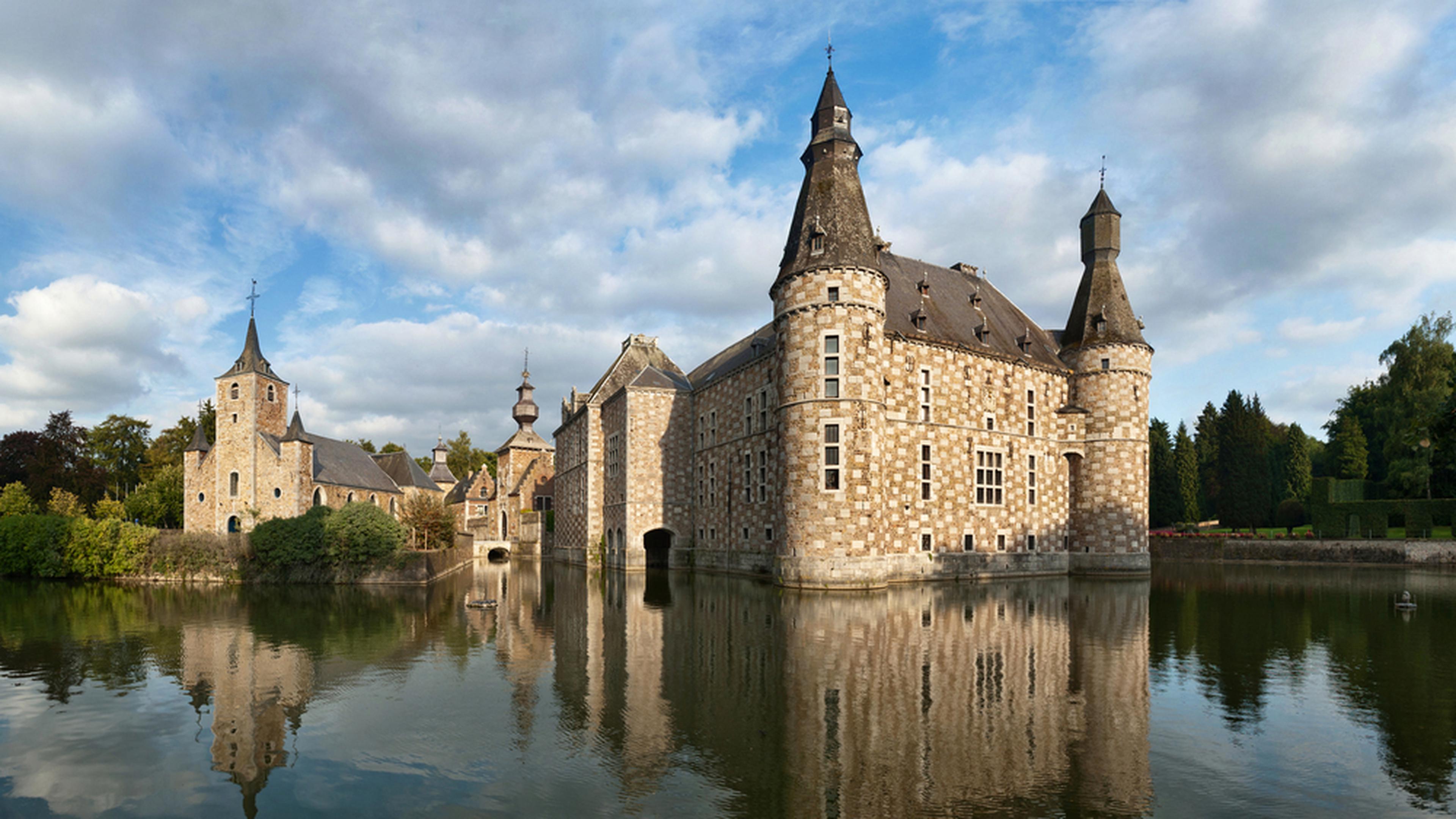
Just outside Liege are a number of castles, but the most unusual is Chateau de Jehay. Classified as an exceptional heritage site not least because of its unusual brickwork in checkerboard style. Built in the 16th century by Jehan Helman de Sart, it stayed in the family for two centuries before being bought by Lambert van den Steen, advisor to the Prince-Bishop in 1720. It was the home of Count Guy van den Steen de Jehay, and his Irish wife, Lady Moyra Butler before being sold to the state to maintain its upkeep.
It is surrounded by moats and an Italian style park and garden with trellised lime trees. The old vegetable garden, which dates back to the 19th century, can also be visited and is filled with edible flowers, fruit trees, roses and vegetables. According to its website the castle reopened after extensive refurbishment earlier this year.
Waffles
Liege is famous for its waffles, and any day trip must include a sampling of these sweet treats. Une Gaufrette Saperlipopette gets rave reviews but for maximum choices, including savoury varieties, head to the Waffle Factory.

